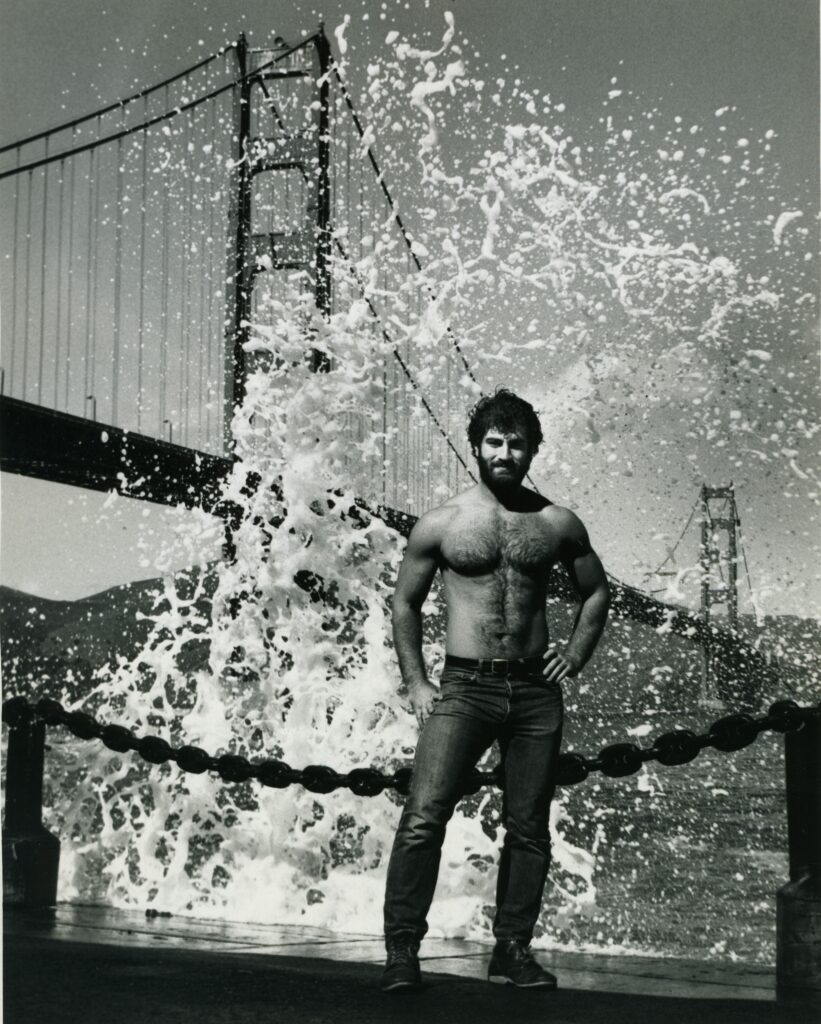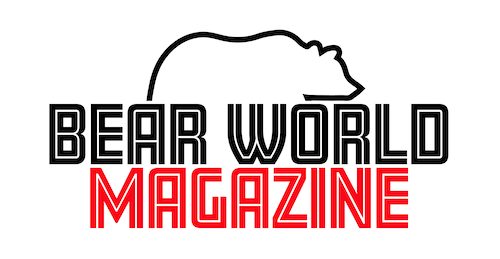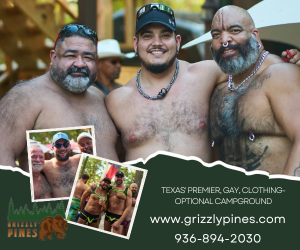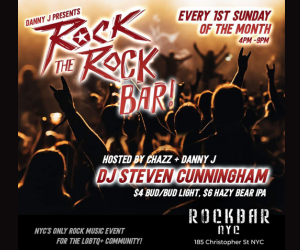Bear Tracks: Crawford Barton and the Golden Age of Gay Awakening
In my last column I talked about the clarion call that went out from gay San Francisco in the 1970s. Photographer Crawford Barton (1943—1993) (himself a handsome blond bear) was instrumental in capturing the most flattering images of gay men in that time and place. Describing himself as primarily a documentary photographer, Jack Fritscher remarks that his work records “the evolution of the gay male look from 1960s hippie to 1970s crewcut Castro clone.” Barton also photographed Gay Pride parades and street fairs (which Jack Fritscher notes celebrates “the multitudes” and “athletic love” in the tradition of gay poet Walt Whitman’s Leaves of Grass). Barton also documented leathermen, lesbians, trans folk, a Sister of Perpetual Indulgence, and others.
When I moved to San Francisco in 1979 I knew many of his now iconic photographs but had no idea who Crawford Barton was. Among these were the gay and straight couples sitting on the steps of Paperback Traffic (the first gay bookstore in the Castro); two bare-chested butch numbers, their backs to the camera and looking into a cable car; two bare-chested clones outside a donut shop nicknamed “the Donut Hole,” (a popular cruising place after the bars had closed); and the young men hanging out in front of the Badlands bar. (The Badlands was very cruisy and is where I met my first San Francisco lover.) These and other of Barton’s photographs were sold on notecards in gay bookstores and card shops all over the City.

Barton grew up in rural Georgia in a fundamentalist community. At college he fell in love with a man. But when the feelings were not reciprocated, he dropped out. He discovered his passion for photography and went to art school in Atlanta and found sexual and social fulfillment in the gay bars there. In the late 1960s he moved to San Francisco and quickly established himself as a leading photographer of the “golden age of gay awakening” there.
In a fascinating interview of Crawford Barton by Jack Fritscher, Barton identifies himself as a bohemian artist, struggling in relative poverty and not achieving the widespread recognition that his contemporary Robert Mapplethorpe was enjoying at the time. Barton considered his work apolitical (“Unlike others, I always thought of sexual freedom as non-political.”), apparently oblivious to the fact that in the 1970s gay men were asserting they were “all-American,” itself an early political strategy to go mainstream.

Barton’s photograph of the 1977 Gay Freedom Day Parade–featuring protesters carrying placards of Adolph Hitler, the Ku Klux Klan, and Florida orange juice promoter Anita Bryant who had just launched a political campaign against gay people—appeared in newspapers around the world. By then, his work had been published in national magazine and exhibited at the de Young Museum in San Francisco. Two books, now long out-of-print collector’s items, Beautiful Men and Crawford Barton, Days of Hope catalog his historically significant work.
My personal devotion to Barton and his photography—the reason I include him in the history of gay bears–stems from his 1976 photograph of “Joseph,” a prototypical bear, standing in his proud and welcoming full-bearded hirsute homomasculinity below the Golden Gate Bridge, a large spray of San Francisco Bay water like a peacock’s open tail feather symbolically emphasizing his sexual energy. This photo anticipated the iconic bear ideal first embodied by cover bear Jack Radcliffe.

Crawford Barton’s papers are archived at the GLBT Historical Society in San Francisco (https://www.glbthistory.org ). Jack Fritscher’s interview can be read at https://jackfritscher.com/InterviewsBY/BartonCrawford/BartonCrawford_v2.html.
“Joseph” and portrait of Crawford Barton reprinted with permission from GLBT Historical Society San Francisco.
Help Les K Wright in his quest to document bear history by joining the Bear History Project International where you and a group of like-minded individuals can exchange ideas and help to preserve bear history and culture.





















